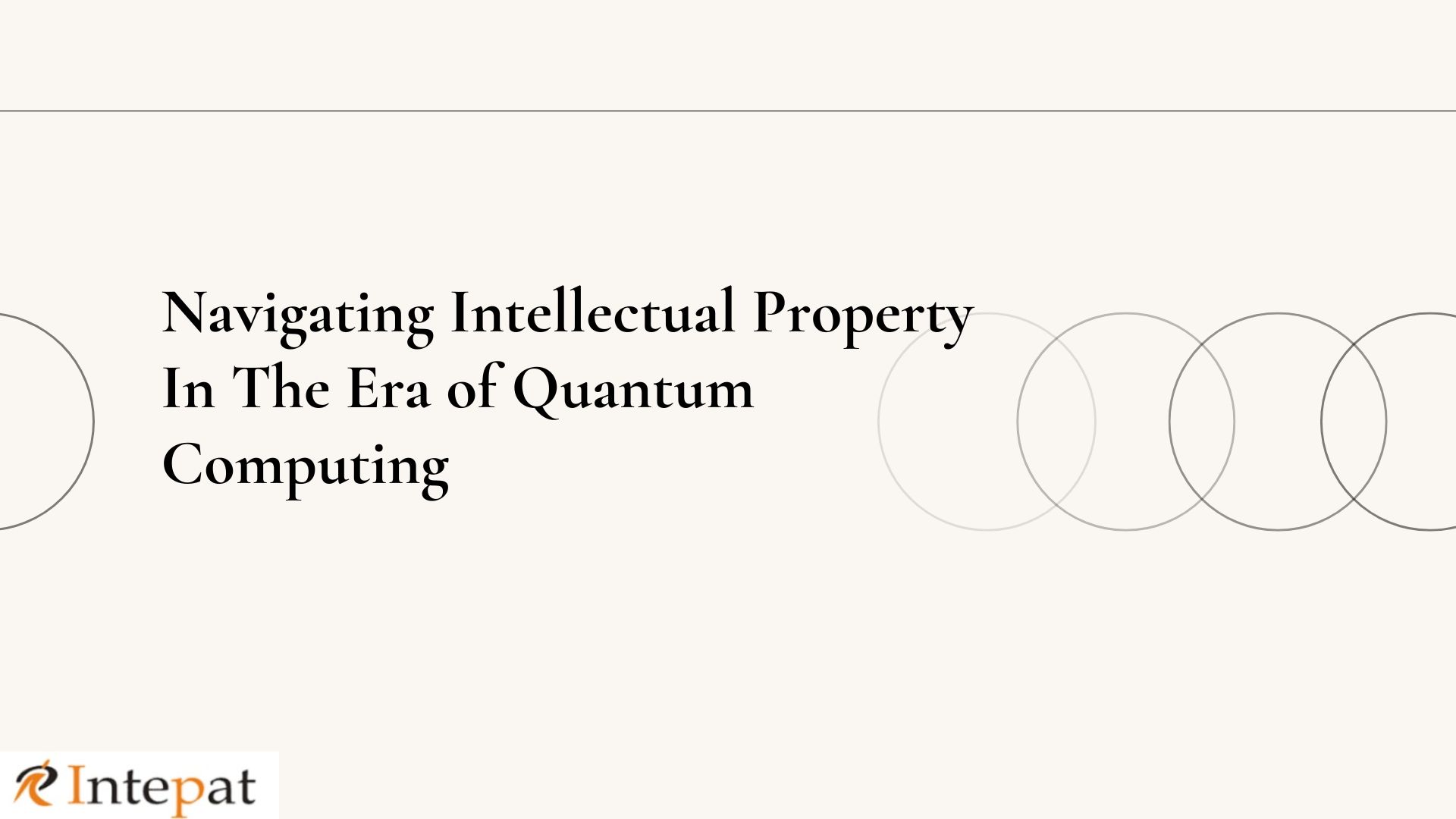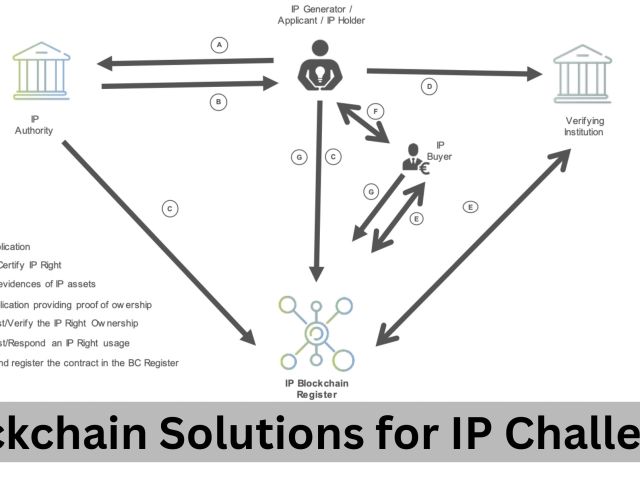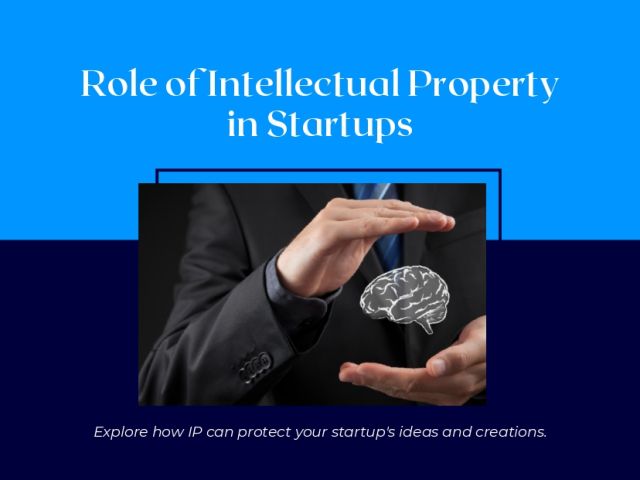At the crossroads of technology and law, the intriguing world of quantum computing meets the established domain of intellectual property rights (IPR). Quantum computing, a field that once lived only in science fiction, is now becoming a reality, promising to perform calculations at speeds unimaginable for today’s computers. However, this future leap brings challenges, especially in IPR. Fusing cutting-edge quantum technologies and traditional IPR systems is complex and requires a thoughtful approach. This article aims to untangle this complexity, showing how quantum advancements and intellectual property rights intersect. As we venture into the quantum era, understanding and adapting our IPR framework is beneficial and essential. This journey is about unlocking the potential of quantum technology while ensuring that inventors and innovators are rightfully recognized and protected.
Understanding Quantum Computing
In modern technology, quantum computing has emerged as a beacon of revolutionary potential, promising to redefine the boundaries of processing power and computational efficiency. At its core, quantum computing departs from classical computing principles, harnessing the perplexing yet powerful phenomena of quantum mechanics: superposition, entanglement, and tunnelling.
Superposition allows quantum bits (qubits) to exist simultaneously in multiple states, unlike the rigid binary states of classical bits. This characteristic allows quantum computers to process multiple possibilities simultaneously, vastly increasing their computational power.
The practical applications of quantum computing are diverse and impactful, extending from decrypting intricate encryptions to modeling complex molecular structures, showcasing capabilities that far exceed those of classical computers.
Moreover, the fusion of quantum computing with artificial intelligence heralds a new dawn of technological symbiosis. Quantum-AI hybrids promise to tackle problems beyond the grasp of binary computers, marrying the intuitive problem-solving approach of AI with the raw, parallel processing power of quantum mechanics.
From a legal perspective, the ascent of quantum computing necessitates a re-evaluation of traditional intellectual property paradigms. The unique nature of quantum innovations poses novel challenges in patenting, necessitating legal frameworks that acknowledge the intricate dance of particles in the quantum realm. Additionally, the protection of quantum software and algorithms beckons a nuanced understanding of copyrights, urging lawmakers to discern the fine line between ideas and the expression of those ideas in a quantum context.
The Landscape of Intellectual Property Rights in Quantum Computing
The realm of quantum computing is not just an evolution but a revolution. As this cutting-edge technology promises to solve insurmountable problems and redefine industries, it also brings to the forefront a crucial dialogue about the intersection of quantum innovations and intellectual property rights (IPR). This dialogue is pivotal for an IPR blog audience, underscoring the complexities and opportunities at this nexus.
Quantum computing is a mosaic of sophisticated algorithms, advanced software, and state-of-the-art hardware. The heart of this technology lies in its ability to perform calculations at unprecedented speeds, thanks to phenomena like superposition and entanglement. However, as we venture into this quantum frontier, we are also treading new ground in the domain of IPR. The esoteric nature of quantum computing components presents a unique conundrum for the conventional doctrines of patents and copyrights.
IPR, traditionally designed to protect tangible inventions and creative works, is now faced with accommodating the abstract and often intangible breakthroughs of quantum computing. Patents, which act as catalysts for innovation by granting inventors exclusive rights, now confront the challenge of defining and protecting quantum algorithms, whose core lies in mathematical principles. This challenge is further compounded when it comes to protecting quantum software, where the fine line between the expression of code (protected by copyright) and its functionality (not traditionally protected) becomes even more blurred.
The intersection of quantum computing and IPR is not just a legal crossroad but a strategic inflexion point that demands a thoughtful and informed approach. Striking the right balance between offering protection and fostering an open collaboration and innovation ecosystem is paramount. For the IPR community, this convergence is an opportunity to pave the way for policies that resonate with the ethos of quantum advancements, ensuring that as we unlock the potential of this transformative technology, we also safeguard the spirit of discovery and shared progress.
Challenges and Considerations
In the rapidly evolving field of quantum computing, the challenges of aligning intellectual property rights (IPR) with cutting-edge technology are significant. With its subatomic operations, Quantum technology does not fit neatly into the current legal frameworks designed for more tangible inventions. As we explore this advanced tech landscape, we must rethink how we protect and encourage innovation.
Patenting in the quantum sphere is incredibly complex. The technology is so advanced and close to the fundamental laws of physics that it is hard to determine what can be patented. It is not just about who creates the next big quantum breakthrough. It is about international prestige and securing a top spot in this futuristic tech race. Countries and companies are in a silent battle over who controls these technologies, as owning a piece of this quantum puzzle could mean having a significant edge in global technology leadership.
When it comes to copyright in quantum computing, things get even murkier. Quantum software, crucial for these computers to function, sits at a crossroads between being a creative work and a functional necessity. It makes it challenging to decide how much protection it should get. Should we treat it like a novel or more like a tool? It is a tough call because software is the heart of quantum computing, driving the power of these advanced machines.
Then, there is the issue of trade secrets and trademarks. They are essential tools for protecting quantum innovations. However, relying too much on secrecy can backfire. It might hinder the collaborative approach that’s essential for technological breakthroughs. Quantum tech is all about pushing boundaries, so sharing knowledge is vital. Nevertheless, inventors and companies need assurance that their hard work will not just be copied or stolen.
As we stand at the forefront of the quantum age, the relationship between new technology and the laws that protect innovation is more critical than ever. The journey ahead is not just about navigating legal complexities but about shaping a future where technological progress and IPR harmonize. This balance will drive us toward a prosperous future with quantum potential, where innovation and inventors are respected and protected.
Striking a Balance: Policy Recommendations
In the fast-evolving world of quantum computing, our traditional rules for protecting new ideas and intellectual property rights are struggling to keep up. Imagine using a horse carriage on a superhighway; that is how our current laws are out of sync with the rapid pace of quantum innovation.
One key issue is the length of time these rights last. Usually, when someone invents something new, they get many years to benefit from their invention without others copying it. However, these lengthy time frames can slow progress in the quantum world, where things change incredibly fast. It is like holding a sprint race but asking the runners to wear heavy boots.
To address this, we suggest a significant change: reduce the time these protections last for quantum and to just 3 to 10 years. It is not just about speeding things up; it is about making sure that new ideas get out into the world faster so others can improve, leading to even more breakthroughs. This creates a cycle of innovation where one discovery leads quickly to the next.
However, the solution is not just about making these timeframes shorter. We also need a better system that balances protecting some things and opening up others for everyone. We imagine a system where the door to new discoveries is open wider, sharing knowledge is the norm, and everyone is encouraged to contribute to the next big breakthrough.
It is a call to action for everyone involved – the inventors, the policymakers, the legal experts. Together, we can pave the way for a future where quantum technology thrives, driven by a spirit of collaboration and a shared desire to push the boundaries of what is possible. In the quantum age, finding the right balance is not just beneficial; it is essential for an innovative, inclusive, and inspiring future.
Conclusion
In this era of rapid technological leaps, quantum computing is not just a buzzword but a revolution knocking at our doors. It is a game-changer, promising to solve complex problems with speed and precision we have never seen before. However, this incredible potential comes with a twist: our traditional rules for protecting ideas and intellectual property rights were not designed for this quantum leap.
Imagine a world where these groundbreaking quantum inventions are locked away, their potential untapped due to outdated laws. That is the challenge we face today. We need to rethink our approach, ensuring that our laws protect inventors while encouraging knowledge sharing. It is about finding the right balance, where innovation is not just a privilege for a few but a shared treasure that benefits us all.
As we step boldly into the quantum era, our laws must not lag behind but evolve harmoniously, fostering an environment where every brilliant quantum idea can flourish and light the way to a brighter, more innovative future for everyone.



